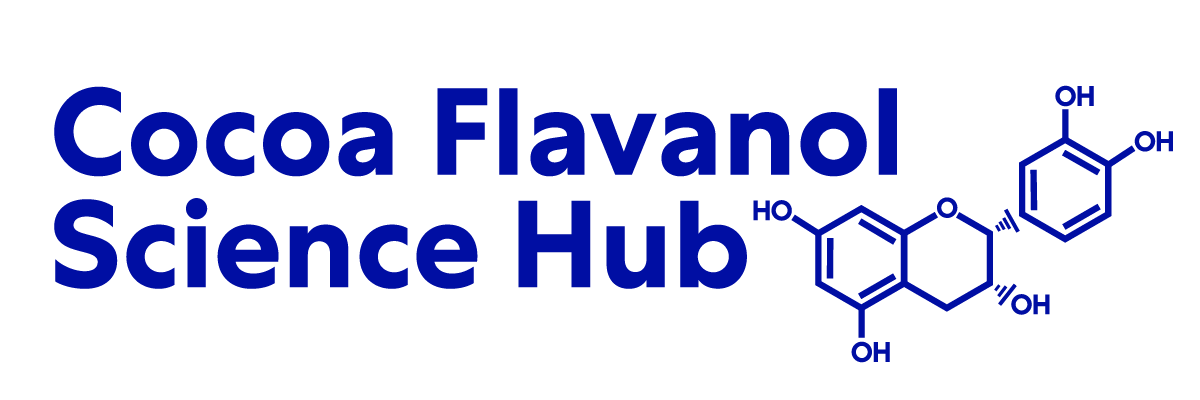Physicochemical properties of acidified skim milk gels containing cocoa flavanols.
The physicochemical properties of acidified milk gels after the addition of cocoa flavanols were studied. As the flavanol level increased (from 0 to 2.5 mg/g), syneresis and gel elasticity (tan δ) were found to significantly increase and decrease, respectively. Flavanol addition reduced the stress at fracture, with no changes in fracture strain, suggesting that the bond type (i.e., covalent vs noncovalent) was the underlying factor explaining the ease of fracture. Gels made from recombined milks containing the casein fraction of heated milk and the serum of heated flavanol/milk mixtures showed the lowest values of G' and fracture stress. It was concluded that whey proteins/flavanol interactions were responsible for the poor mechanical properties of flavanol-added acidified milk gels. High-performance liquid chromatography analysis of milk sera showed that 60% of the total available monomeric flavanols was found in the serum phase from which 75% was non-associated to whey proteins. Concomitantly, >70% of flavanols with degree of polymerization >3 were found to be associated with the casein fraction.
See the Full Study > (opens in a new tab)









